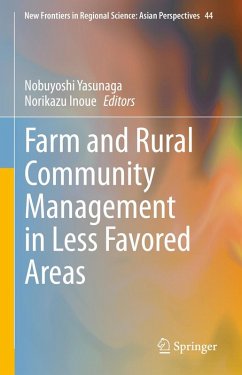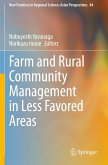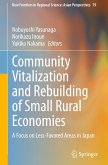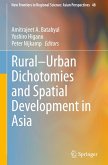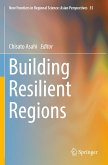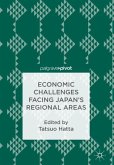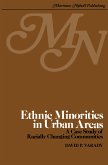This is the first book to focus on farm and rural community management in less favored areas of Japan. It provides an economic framework for, and empirical findings on, rural community management in terms of the distribution of rural resources, efficiency of farmland conservation, community development through agribusinesses, and utilization of human resources for the sustainability of rural society. The topics addressed include organic farming, the added value of locally processed foods, broad-based community agreement under a direct payment policy, forms of community vitalization, new farmers, farm diversification, redistribution of local resources among farmers by establishing farm organizations, community business, community hubs formed by multiple communities, and stakeholders who have migrated from urban to rural areas. The book is divided into four parts. Part I examines the relationship between regional agriculture and the conservation of farmland, including in hilly and mountainous areas. Part II deals with the improvement of farm resource management, particularly the redistribution of agricultural resources within multiple communities. In turn, Part III focuses on agribusinesses, especially the production of locally processed foods and community business. Lastly, Part IV addresses the sustainability of rural society, and discusses rural community development through community hubs, community-based rural tourism, and immigrated stakeholders. In each part, the peculiarities and commonalities of rural communities are explored by comparing the results of these studies with domestic and international studies. This book is highly recommended to readers who are concerned with the development of agriculture and community, resource conservation in less favored areas, and the theoretical and empirical aspects of agricultural and resource economics, as well as to those who wish to better understand rural communities in Japan.
Bitte wählen Sie Ihr Anliegen aus.
Rechnungen
Retourenschein anfordern
Bestellstatus
Storno

